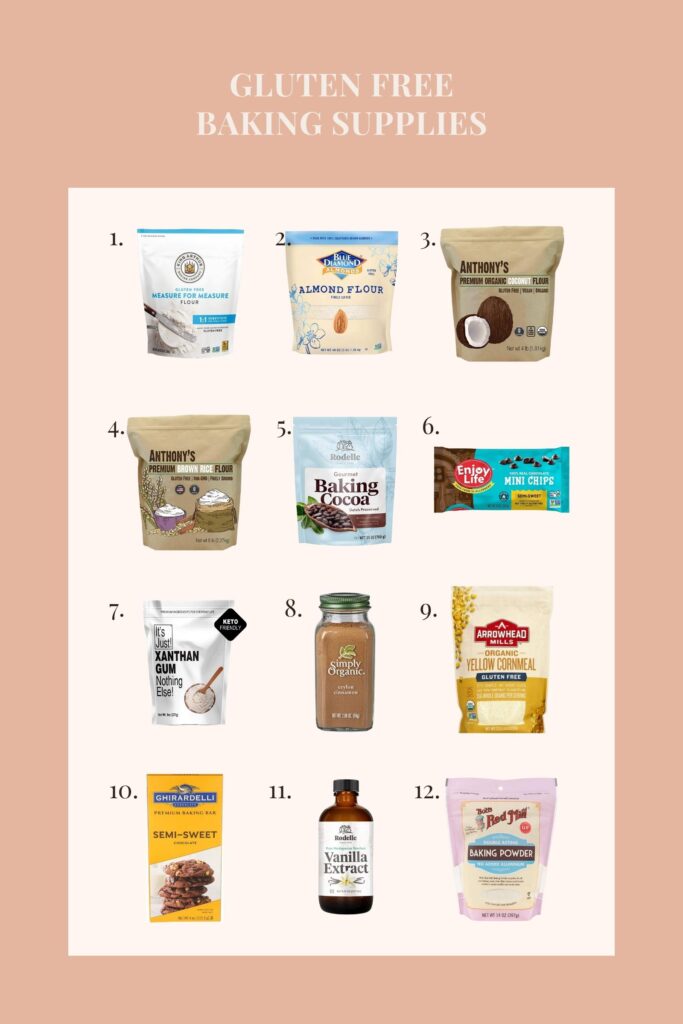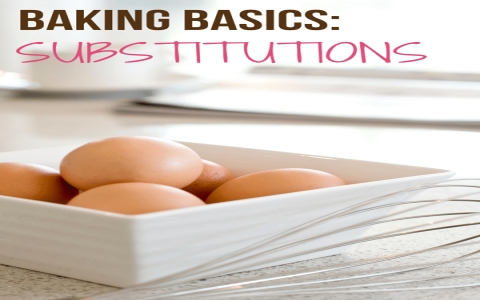Okay, so the other day, I was all set to bake some muffins. Had everything out, preheating the oven, the whole deal. Then I reach for the baking powder, and guess what? Empty. Not just empty, but the spare tin I thought I had? Also empty. Plus, my daughter’s friend who’s gluten-intolerant was coming over, so I needed a gluten-free option anyway, and I wasn’t even sure my usual brand was certified GF, sometimes they use weird fillers.
Finding a Fix, Fast
Panic mode started setting in. No time to run to the store. I remembered reading somewhere, or maybe my grandma told me, that you could swap baking powder for something else. Racked my brain for a bit. What makes stuff rise? Bubbles, right?

I knew baking soda was involved. Found the box of baking soda, check. But baking soda on its own doesn’t do much lifting unless you add an acid. It needs that reaction to create the bubbles (the carbon dioxide, I think?).
The Kitchen Experiment
So, what acid did I have on hand? Looked in the fridge. Found some lemon juice. Also had white vinegar in the pantry. I vaguely recalled cream of tartar being part of homemade baking powder, but I definitely didn’t have any of that lying around.
I decided to try the lemon juice first. Seemed less likely to give the muffins a weird taste than vinegar, maybe? I wasn’t sure about the amounts. My recipe called for like, 2 teaspoons of baking powder.
I figured I needed to replace that leavening power. I tried this combo:
- About 1/2 teaspoon of baking soda (since it’s stronger than baking powder)
- Mixed with about 1 teaspoon of lemon juice.
I mixed the dry ingredients for the muffins first, then whisked the baking soda and lemon juice together in a tiny bowl. It fizzed up immediately! Okay, good sign. I quickly mixed that into the wet ingredients, then combined everything and got it into the muffin tin and into the oven super fast. Didn’t want those bubbles to escape.
Did it Work?
Well, kind of. The muffins definitely rose, not quite as high and fluffy as usual, but they weren’t flat rocks either. That was a win. Taste-wise, there was a very, very faint tang if you really looked for it, but honestly, with everything else in the muffins, it wasn’t noticeable. My daughter’s friend ate them happily, no gluten issues.
Next time, I might try using white vinegar just to see the difference, maybe use slightly less baking soda? Or perhaps just keep cream of tartar stocked. But honestly, in a pinch? Baking soda plus an acid like lemon juice totally saved the day. It wasn’t perfect, but it worked well enough, and it was definitely gluten-free. Just gotta work fast once you mix the soda and acid!














